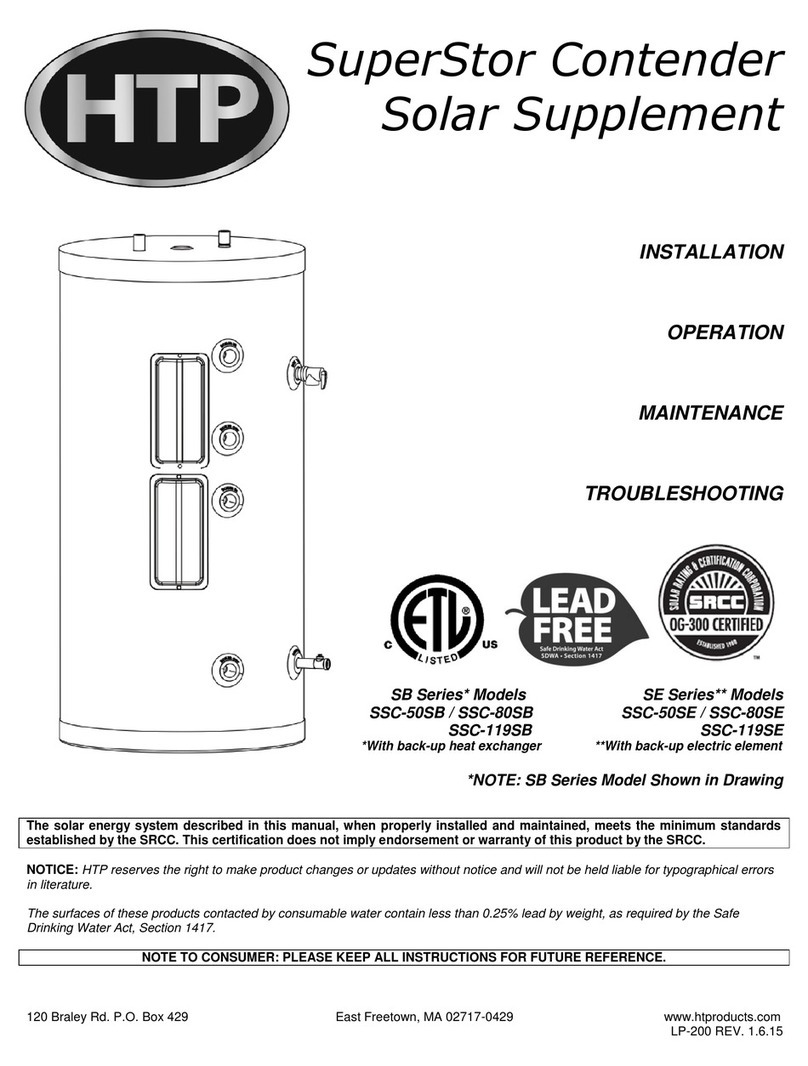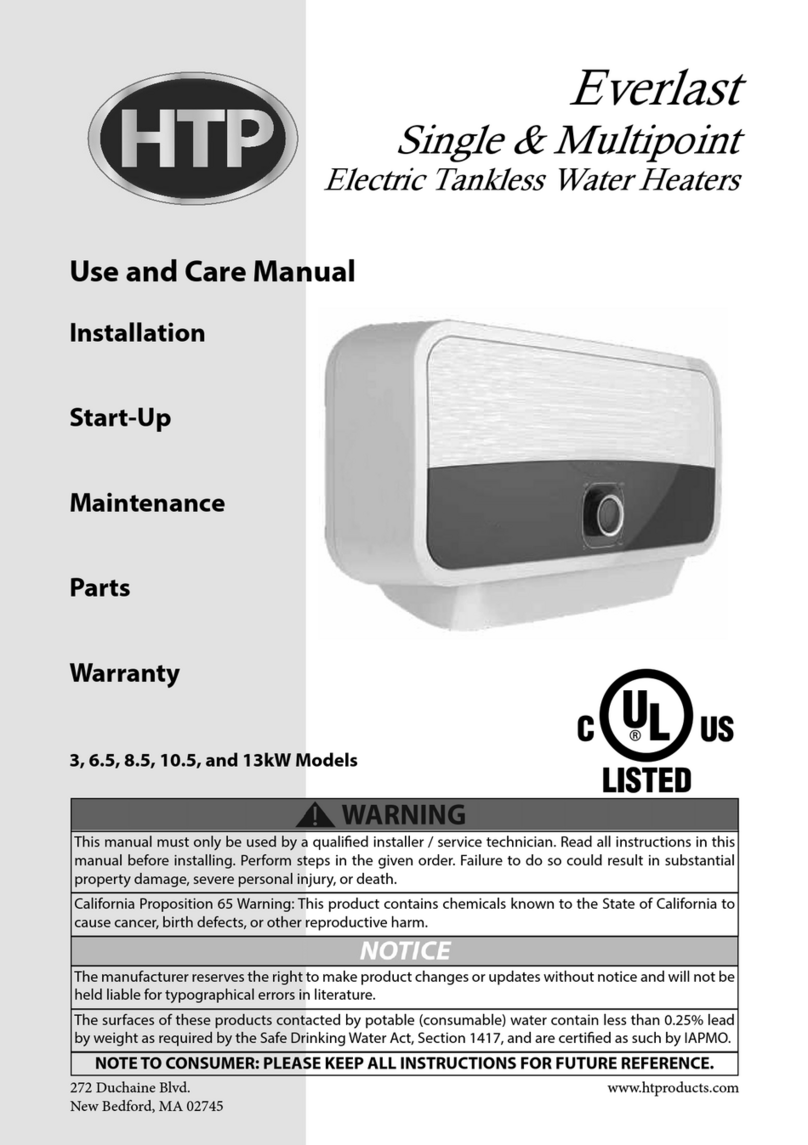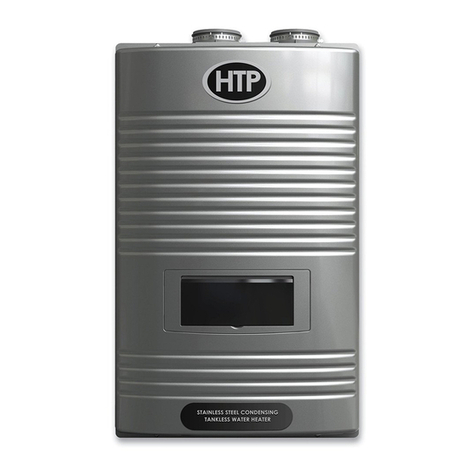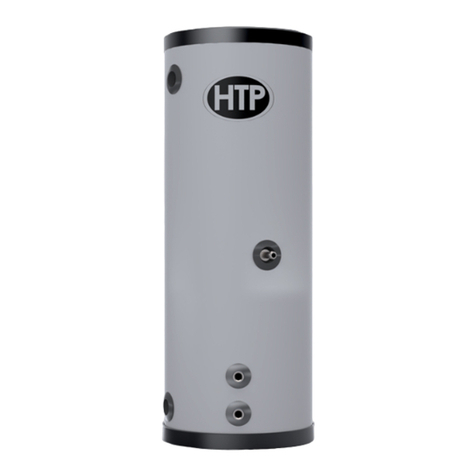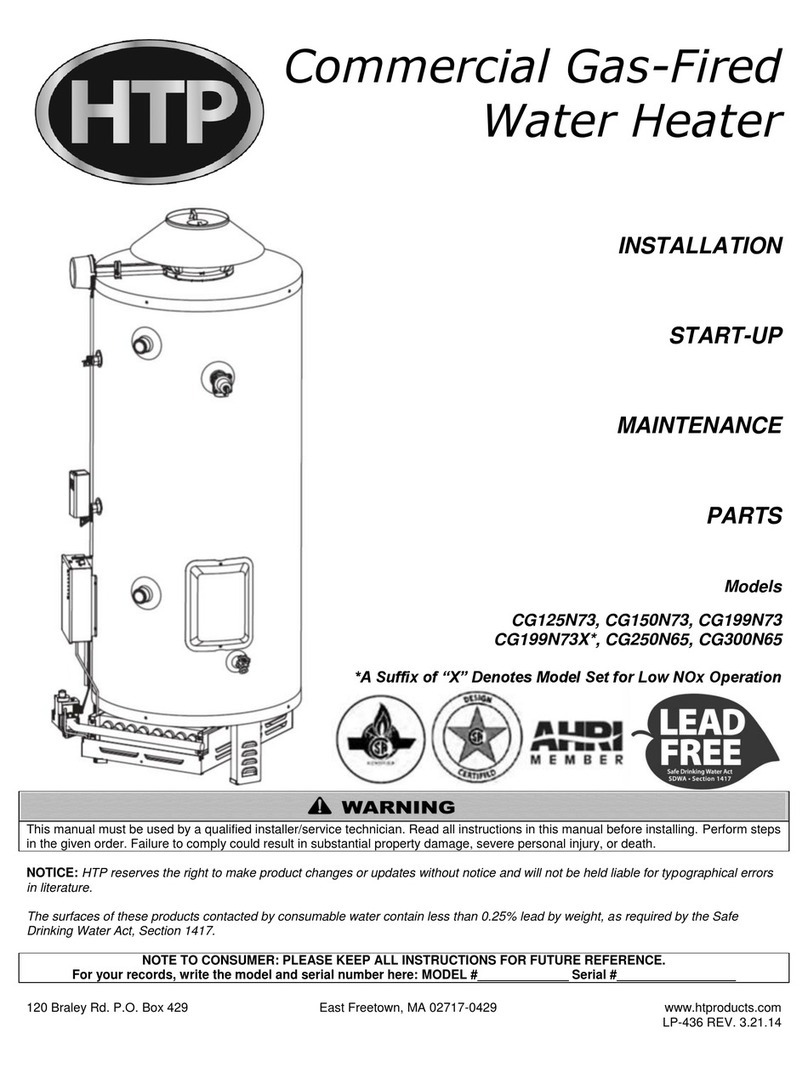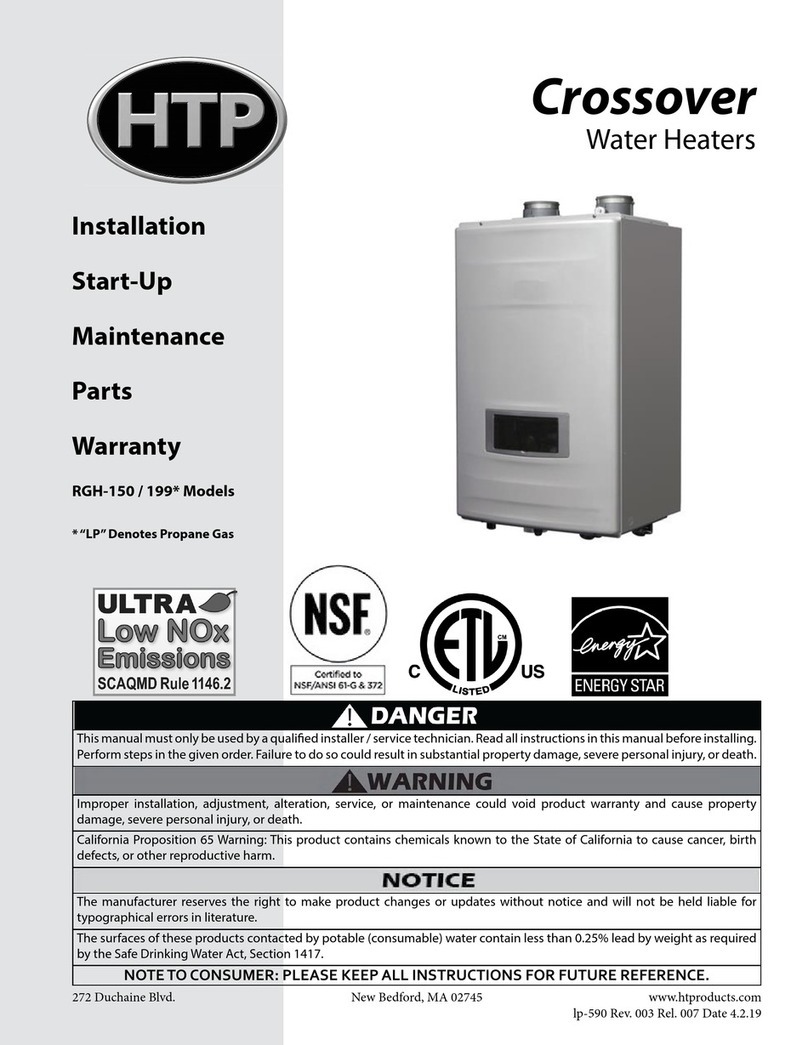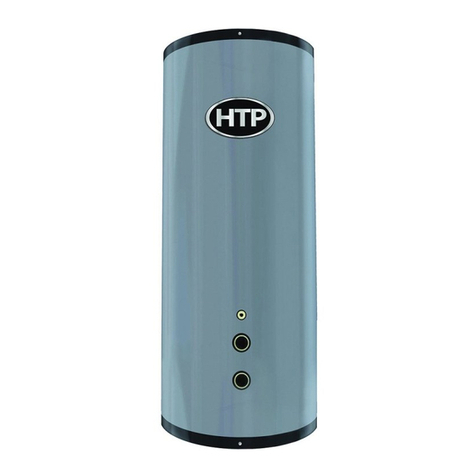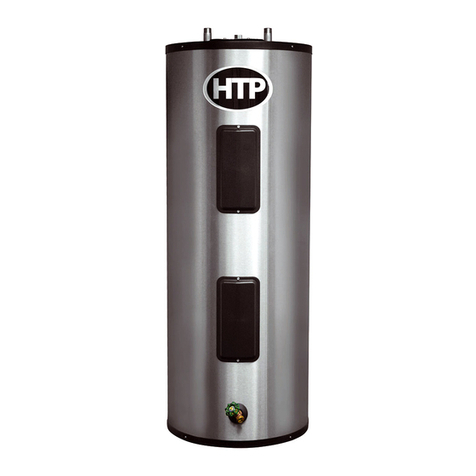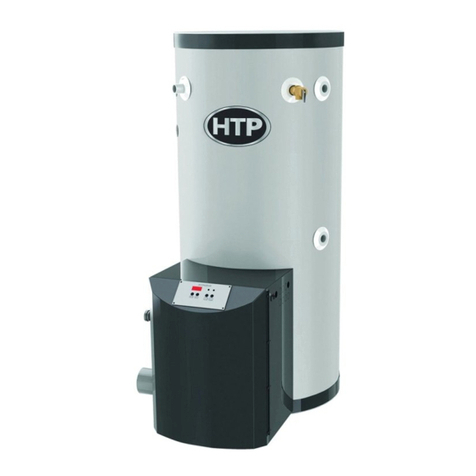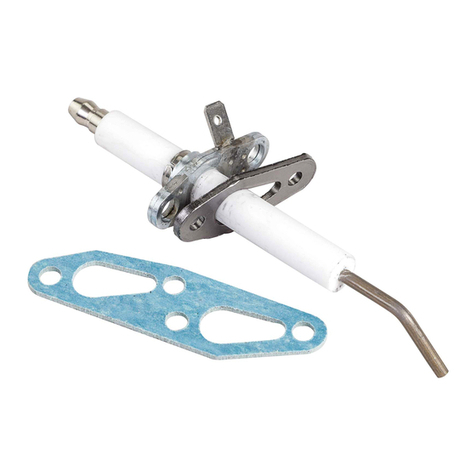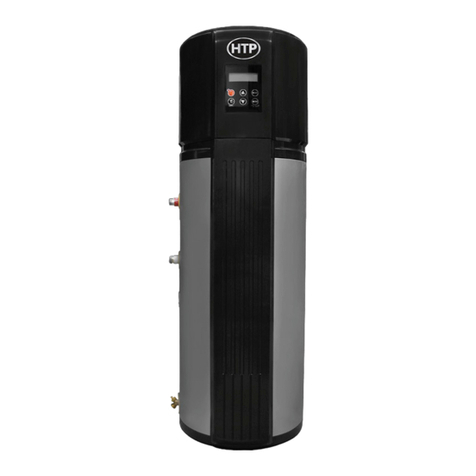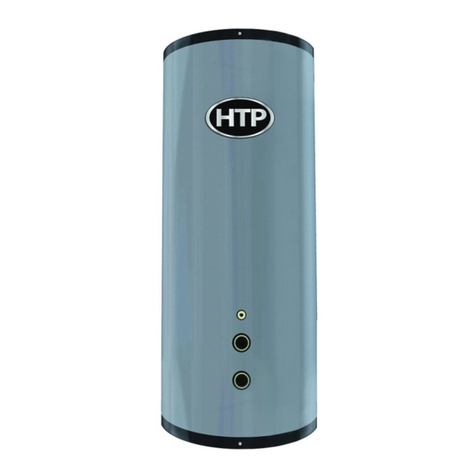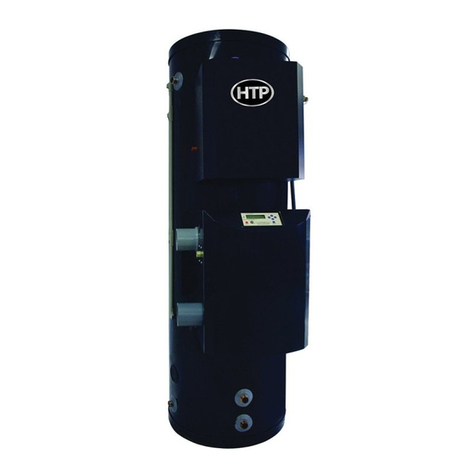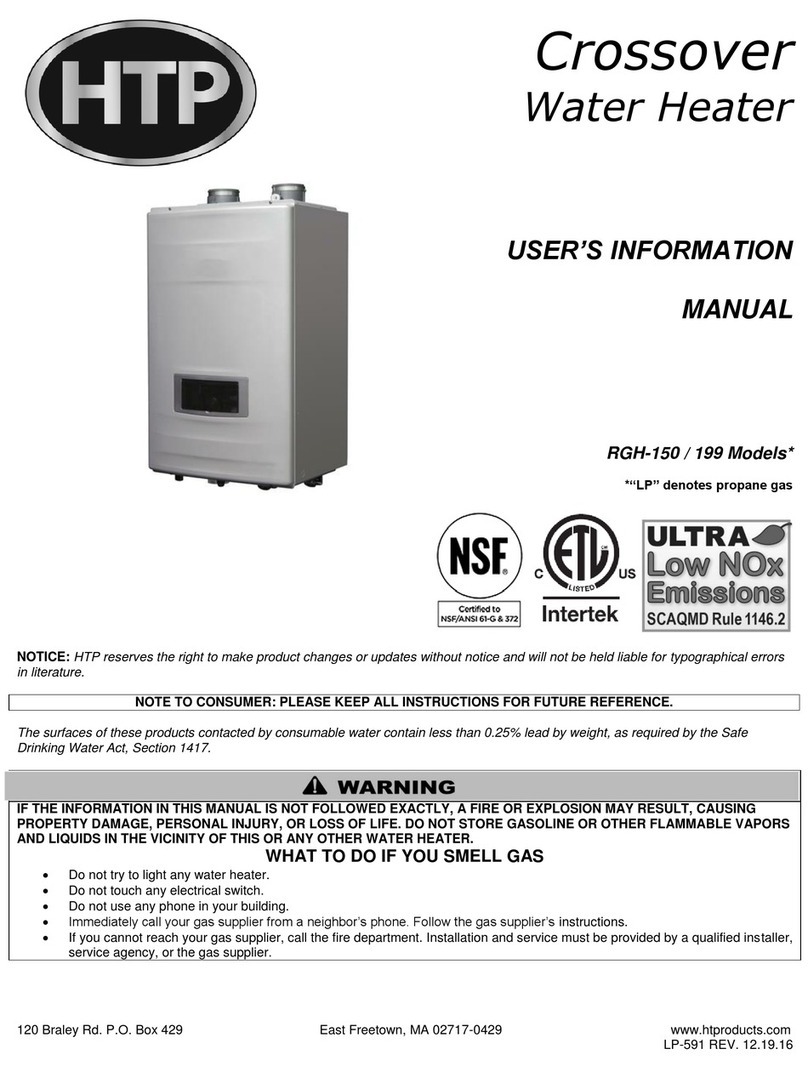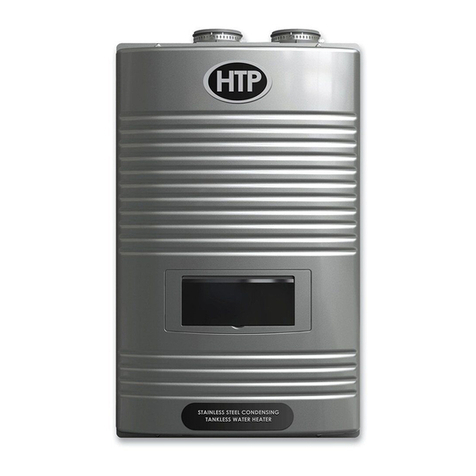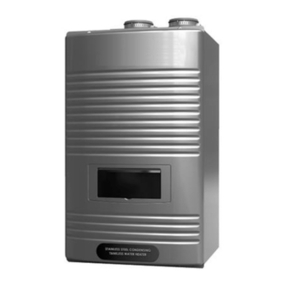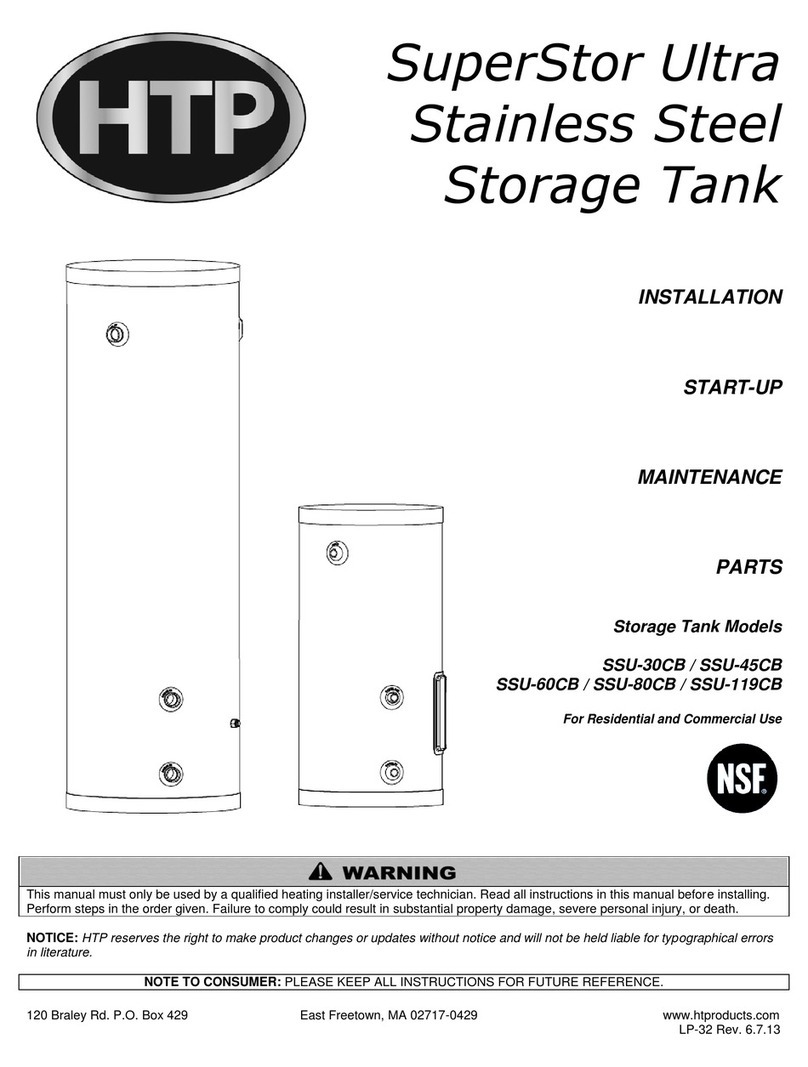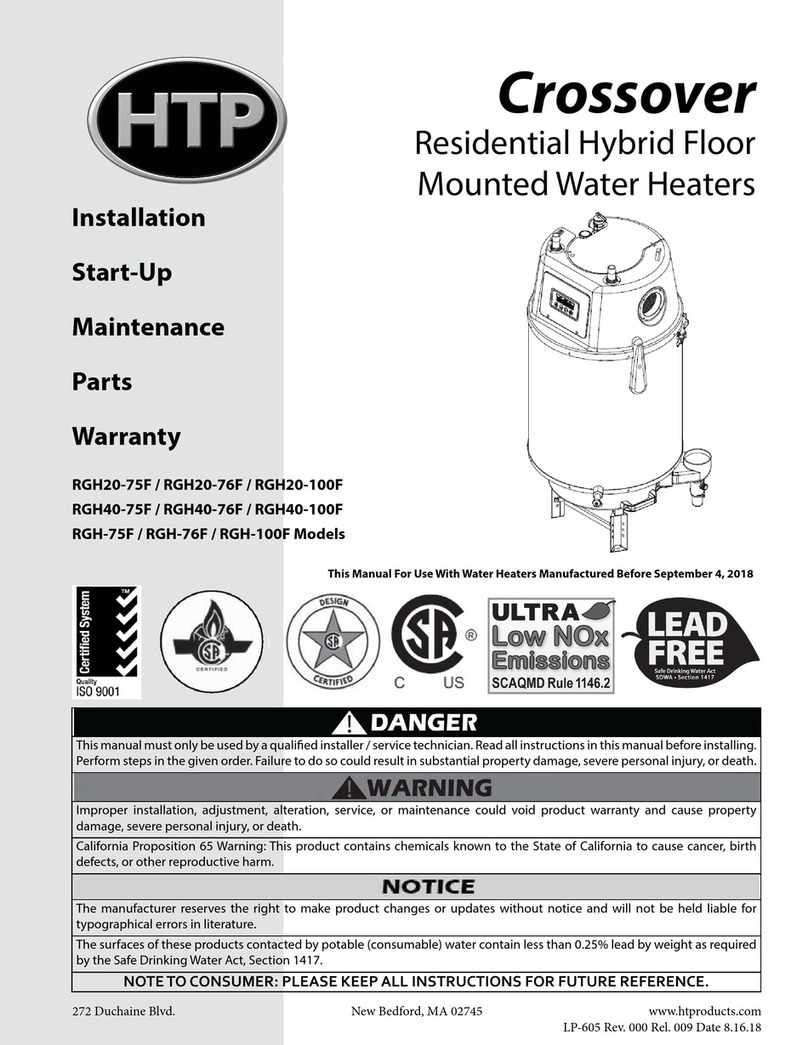
LP-551 Rev. 000 Rel. 021 Date 4.2.21
5
Part 1 - General Safety Information
ThisVWH is approved for indoor installations only and is not intended
for use as a pool heater. Clearance to combustible materials: 0”
top, bottom, sides, and back. Left side has all VWH mechanical
connections. VWH must have room for service: 24” front is minimum
recommended service clearance. (A combustible door or removable
panel is acceptable front clearance.) This VWH has been approved
for closet installation and installation on combustible ooring. Do
not install directly on carpeting. Install the VWH in a location where
temperature and pressure relief valve discharge or a leak will not
result in damage to the surrounding area. If such a location is not
available install an auxiliary catch pan.
This appliance is rated Category IV (pressurized vent, likely to form
condensate in the vent) and requires a special vent system designed
for pressurized venting. Use only Category IV vent systems.
Installer - Read all instructions in this manual before installing.
Perform steps in the given order.
User - This manual is for use only by a qualied heating installer /
service technician. Have this VWH serviced / inspected annually by
a qualied service technician.
FAILURE TO ADHERE TO THE GUIDELINES ON THIS PAGE
CAN RESULT IN SUBSTANTIAL PROPERTY DAMAGE, SEVERE
PERSONAL INJURY, OR DEATH.
NOTE: Obey all local codes. Obtain all applicable permits before
installing the VWH.
NOTE: Install all system components and piping in such a manner
that does not reduce the performance of any re rated assembly.
A. Operation and Installation Warnings
To avoid serious injury or death, read, understand, and follow all of
the precautions listed here.
Vapors from ammable liquids will explode and cause a re,
resulting in personal injury or death. The VWH has a burner that
can come on at any time and ignite vapors. DO NOT use or store
ammable liquids around the VWH.
Improper venting can cause a build-up of carbon monoxide.
Breathing carbon monoxide can result in brain damage or death.
DO NOT operate the VWH unless it is properly vented to the
outside and has an adequate fresh air supply for safe operation.
Inspect the exterior exhaust gas outlet port and fresh air inlet port
on a regular basis to ensure they are functioning properly.
A concentration of carbon monoxide as small as .04% (400 parts
per million) in the air can be fatal. When making high re or low
re adjustments, CO levels must be monitored using a calibrated
combustion analyzer such that a CO level of no more than 150
ppm is exceeded at any time during operation.
Adjusting the “low re oset” or the “main ow restrictor” in small
increments can result in a signicant increase in CO concentration.
To avoid serious injury or death, DO NOT make any adjustments
to the gas valve without monitoring the exhaust gases with a fully
functional and calibrated combustion analyzer.
Failure to follow these instructions will result in property damage,
severe personal injury, or death.
NOTE: If the VWH is exposed to re or water (or is any way damaged),
do not operate. Immediately call a qualied service technician.
Failure to follow this information could result in property damage,
severe personal injury, or death.
The manufacturer cannot anticipate every circumstance that might
involve a potential hazard. Each installation has its own specialized
characteristics, requirements, and possible hazards. Therefore, all
possible incidents are not included in these warnings. Proper and
safe installation, operation, and service are the responsibility of the
qualied service technician.
Proper care of the VWH is the user’s responsibility. Ensure the user
carefully reads and understands the User’s Information Manual
before operating the VWH.
Make sure the user knows the location of the gas shut-o valve and
how to operate it. Immediately close the gas shut-o valve if the
appliance is subjected to re, overheating, ood, physical damage, or
any other damaging condition that might aect the operation of the
unit. Have the appliance checked by a qualied service technician
before resuming operation.
Do not power up the unit unless the gas and water supply valves are
fully opened. Make sure the fresh air intake port and exhaust gas port
are open and functional.
No one but a qualied service technician should attempt to install,
service, or repair this VWH. There are no serviceable parts which can
be changed by the user / owner.
User / Owner: Contact the original qualied service technician if
the VWH needs repair / maintenance. If the original technician
is unavailable, ask your gas supplier for a list of qualied service
providers.
DO NOT store or place newspapers, laundry, or other combustible
items near the appliance or the exterior exhaust gas outlet and/or
fresh air inlet port.
The owner should inspect the system monthly for damage, water
stains, signs of rust, corrosion, and exhaust vent and air intake
blockage. If inspection of the unit shows signs of damage, the
VWH should be shut o until the problem is repaired by a qualied
technician.
After installation, all appliance safety devices should be tested.
Carefully consider installation location and the placement of critical
components (circulators, condensate neutralizers, etc.) before
installing the VWH.
DO NOT allow children to operate this VWH. DO NOT use this VWH
if it does not appear to be operating correctly. A qualied service
technician should service and inspect the VWH annually.
This VWH must be installed by a licensed plumber, licensed gas tter,
and/or professional service technician. Improper installation and/
or operation can cause a potentially hazardous situation, which, if
not avoided, could result in serious injury or death, and will void the
warranty.
DO NOT USE THIS VWH IF ANY PART HAS BEEN SUBMERGED
IN WATER. Immediately call a qualied service technician. The
VWH MUST BE replaced if it has been submerged. Attempting to
operate a VWH that has been submerged could create numerous
harmful conditions, such as a potential gas leakage causing a re
and/or explosion, or the release of mold, bacteria, or other harmful
particulates into the air. Operating a previously submerged VWH
could result in property damage, severe personal injury, or death.
NOTE: VWH damage due to ood or submersion is considered an Act
of God, and IS NOT covered under product warranty.
Part 14 - Installation Checklist 63
Part 15 - Maintenance Report 63
Part 16 - Replacement Parts 65
Limited Warranty 69
Maintenance Notes 71
Customer Installation Record Form 72
